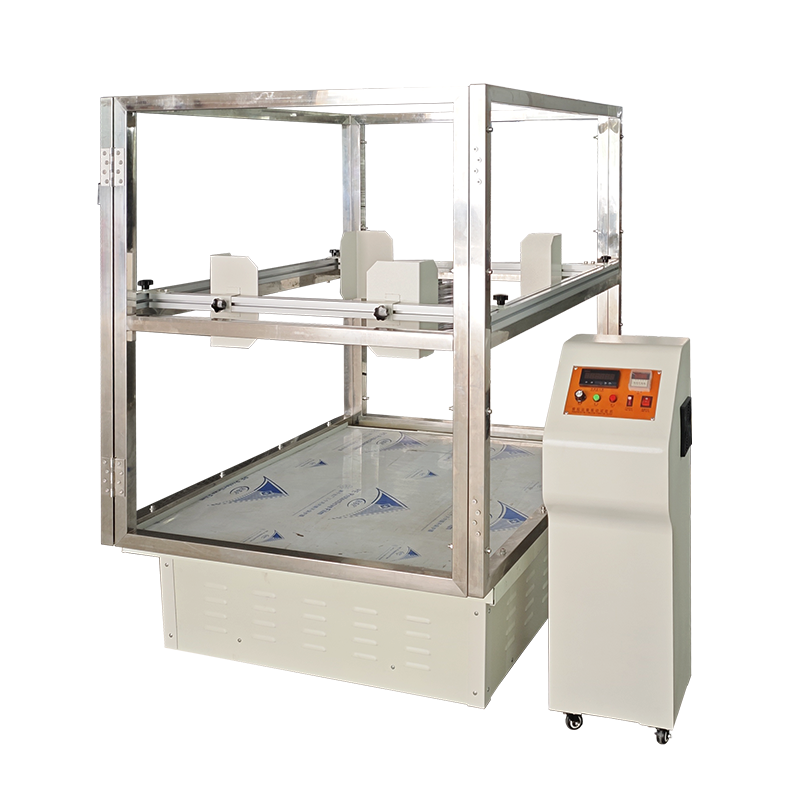
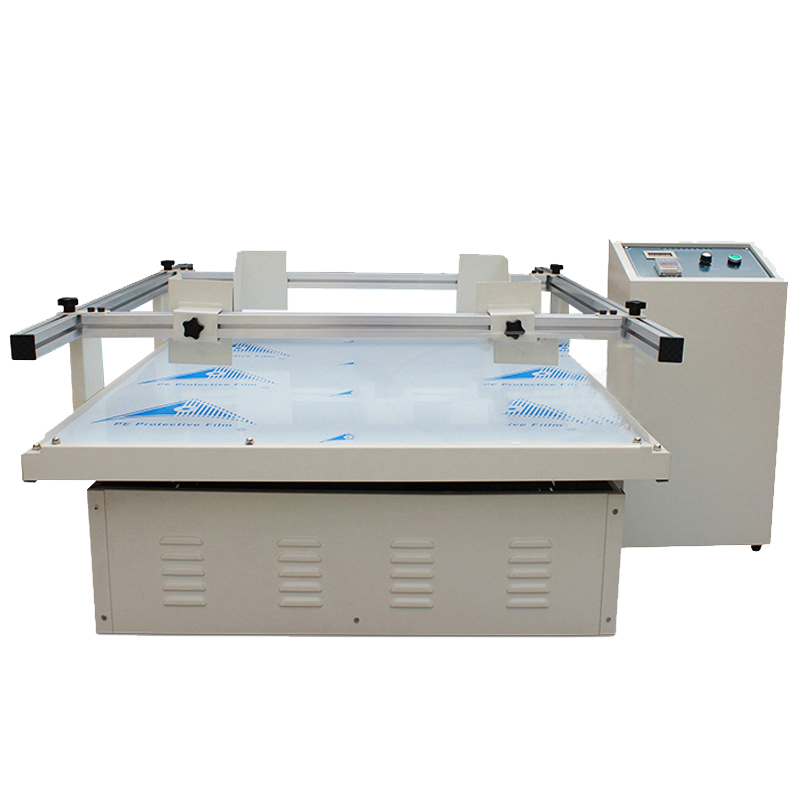
Industrial Random Vibration Tester for Transportation Simulation
Product Details:
Industrial Random Vibration Tester for Transportation Simulation Price And Quantity
- 138005.0 INR/Unit
- 1 Unit
Industrial Random Vibration Tester for Transportation Simulation Trade Information
- Cash in Advance (CID)
- 100 Unit Per Month
- 5 Days
- All India
Product Description
| Item | DR-B216 |
| Max. Test Load | 100kg |
| Frequency Range | 60-300rpm |
| Amplitude Range | 25.4mm (1 inch) |
| Simulation Speed | 25~40km/h |
| Vibration Mode | Roundtrip |
| Work Table Size | 1000*1200 mm ( L*W, can be customized ) |
| Outside dimension ( L*W*H ) | 1255*1070*660mm |
| Speed Mode | DC converter or AC Frequency Control |
| Power Capacity | 1 HP |
| Weight | 150kg |
| Power | 220V, 50 Hz |
| Speed Mode | DC converter or AC Frequency Control |
| Environmental Conditions | Temperature: 5~40C; Related Humidity <85% |
The Random Vibration Tester for Transportation Simulation replicates real-world transit stresses to predict how products and packaging withstand road, rail, and air freight vibrations. Compliant with ISTA 3A, ASTM D4169, and BIS IS 16046, this system helps manufacturers reduce shipment damages by 4060% while optimizing packaging costs.
Why Transportation Vibration Testing is Non-Negotiable
-
Damage Statistics:
-
Indian Logistics: 32% of goods sustain transit damage due to poor packaging costing SMEs 1530 lakh annually.
-
Common Failures: Loose PCB components, cracked glassware, and collapsed corrugated boxes.
-
-
Regulatory Compliance:
-
E-commerce Mandates: Amazon FBA, Flipkart Advantage require ISTA 3A testing for fragile items.
-
Export Standards: IEC 60068-2-64 compliance is mandatory for EU/US automotive parts exports.
-
Core Features Tailored for Indian Logistics
-
Real-World Simulation Modes:
-
Road Freight: Random vibration profiles (5500 Hz) mimicking truck movement on NH-44 highways.
-
Rail Transport: Low-frequency shocks (110 Hz) simulating rail track irregularities.
-
Air Cargo: High-frequency vibrations (502000 Hz) for aircraft cargo hold conditions.
-
-
Budget-Friendly Automation:
-
Pre-Loaded ISTA Profiles: 1-click testing for Series 3A (parcel), 3E (large shipments).
-
Adaptive Control: Self-adjusting PID algorithms maintain 0.5 Grms accuracy without manual tuning.
-
-
Space-Efficient Design:
-
Compact Footprint: 1.2m x 1.5m bench-top model fits small labs or factory floors.
-
Payload Flexibility: Test items from 5 kg (electronics) to 200 kg (industrial machinery).
-
Step-by-Step Testing Workflow
-
Setup: Secure package to platform with ISO 2247-compliant restraints.
-
Profile Selection: Choose Mumbai-Pune Truck Route or Delhi-Chennai Rail.
-
Automated Test:
-
1-hour vibration + 15-minute shock pulses (simulating potholes).
-
-
Analysis:
-
Review SRS (Shock Response Spectrum) graphs to pinpoint weak points.
-
Generate ISTA-compliant reports for client/certification submissions.
-
Industry-Specific Applications
-
Pharma & Vaccines: Validate cold chain packaging for temperature-sensitive drugs.
-
Automotive Spares: Test ECU modules and sensor durability in Tata/Mahindra supply chains.
-
Handicrafts Export: Ensure marble statues survive 6G vibrations during sea freight.
-
E-Commerce Sellers: Certify smartphone boxes for last-mile delivery abuse.
Technical Specifications
-
Frequency Range: 52000 Hz (extendable to 5000 Hz for aerospace).
-
Control Accuracy: 0.5 Grms (meets MIL-STD-810G Method 514.7).
-
Data Output: CSV time-history files compatible with Ansys/LabVIEW.
-
Power: 230V/50Hz with surge protection for unstable grids.
FAQs (Random Vibration Tester for Transportation Simulation)
Q1: How does random vibration differ from sinusoidal testing?
A: Random vibration mimics real-world chaos (e.g., potholes, engine rumble), while sine tests focus on fixed frequencies.
Q2: Can we test monsoon-affected road conditions?
A: Yes custom profiles replicate wet road vibrations with 38 Hz dominant frequencies.
Q3: Whats the ROI for small packaging businesses?
A: Typical payback in 9 months via reduced damages and lower insurance premiums.
Q4: How to validate tester accuracy without NABL labs?
A: Use included calibration weights and free ISTA 3A reference samples.
Q5: Is training provided for first-time users?
A: Yes 2-hour onsite workshop covers setup, testing, and report generation.

Price:
- 50
- 100
- 200
- 250
- 500
- 1000+




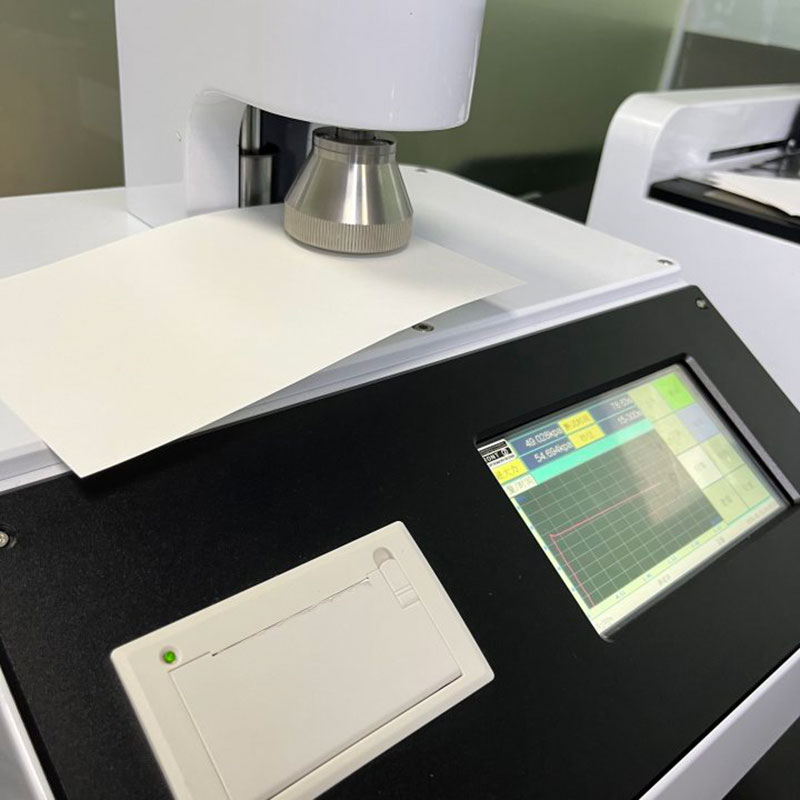
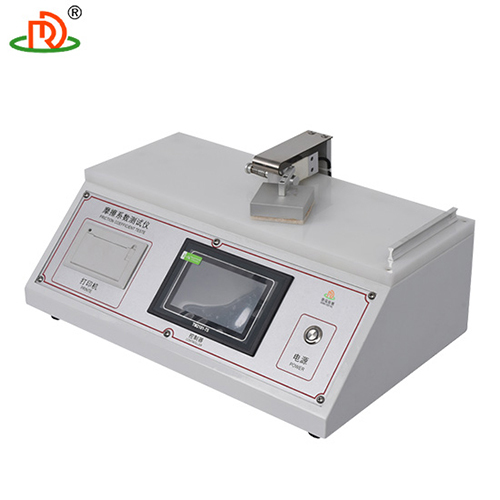
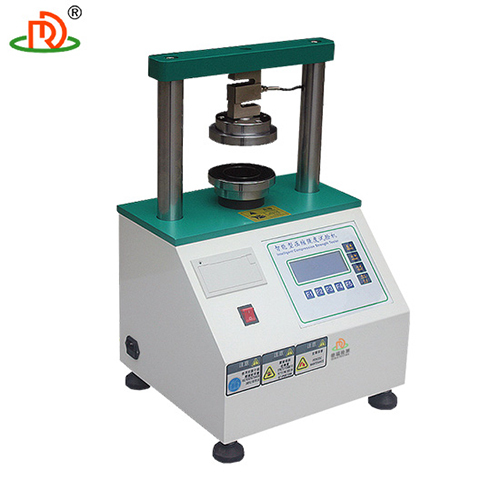
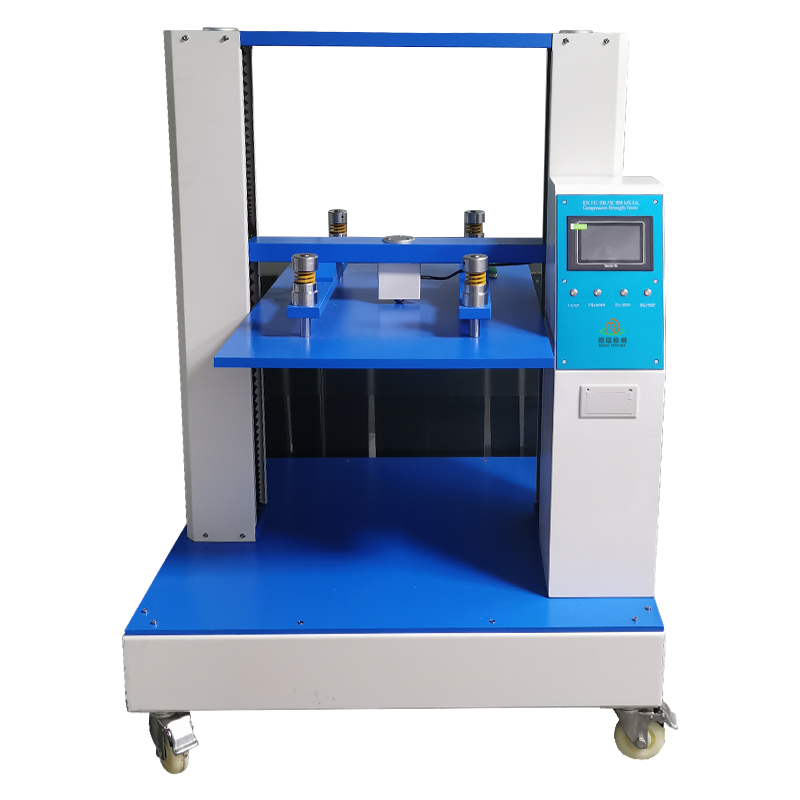

 English
English Spanish
Spanish French
French German
German Italian
Italian Chinese (Simplified)
Chinese (Simplified) Japanese
Japanese Korean
Korean Arabic
Arabic Portuguese
Portuguese